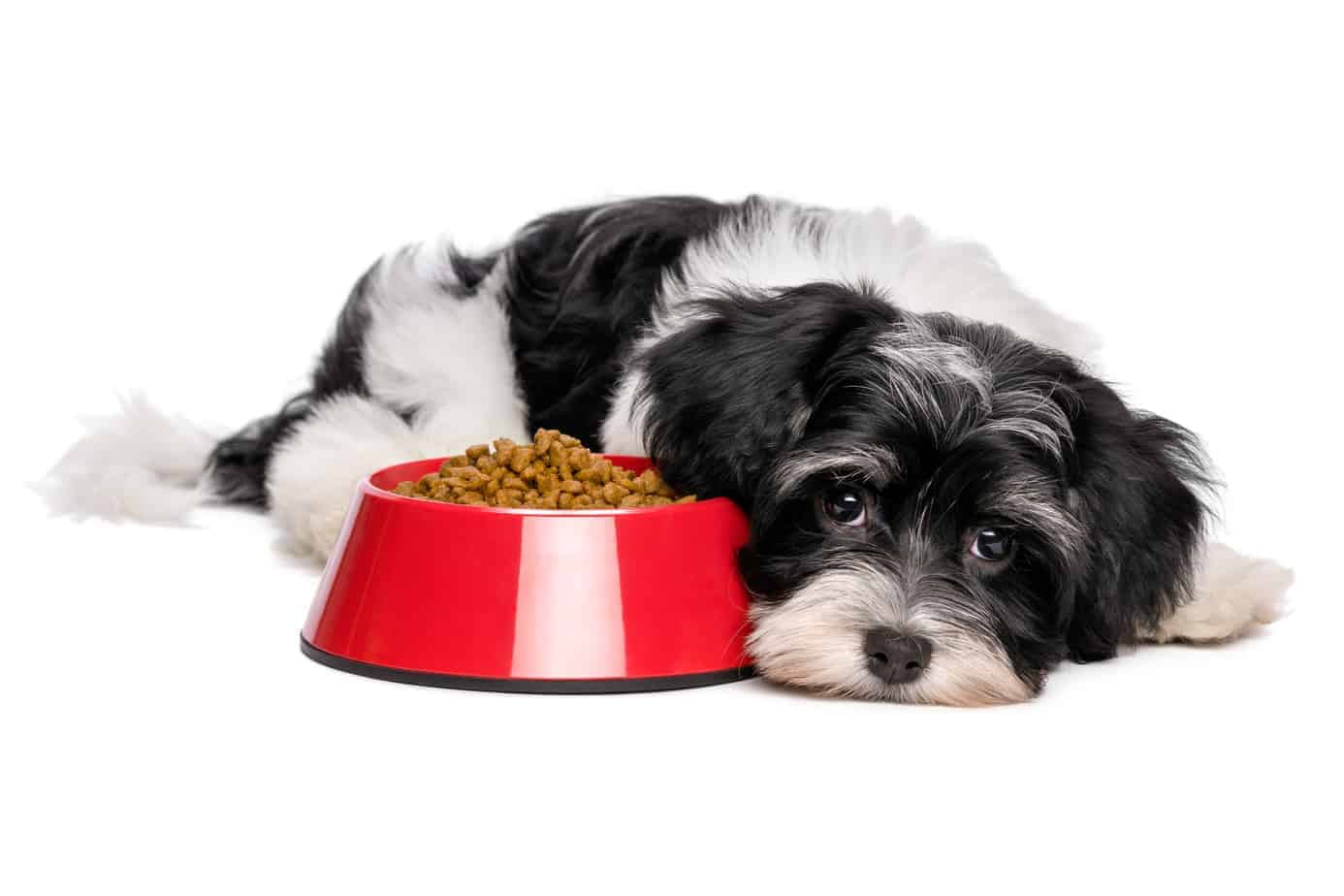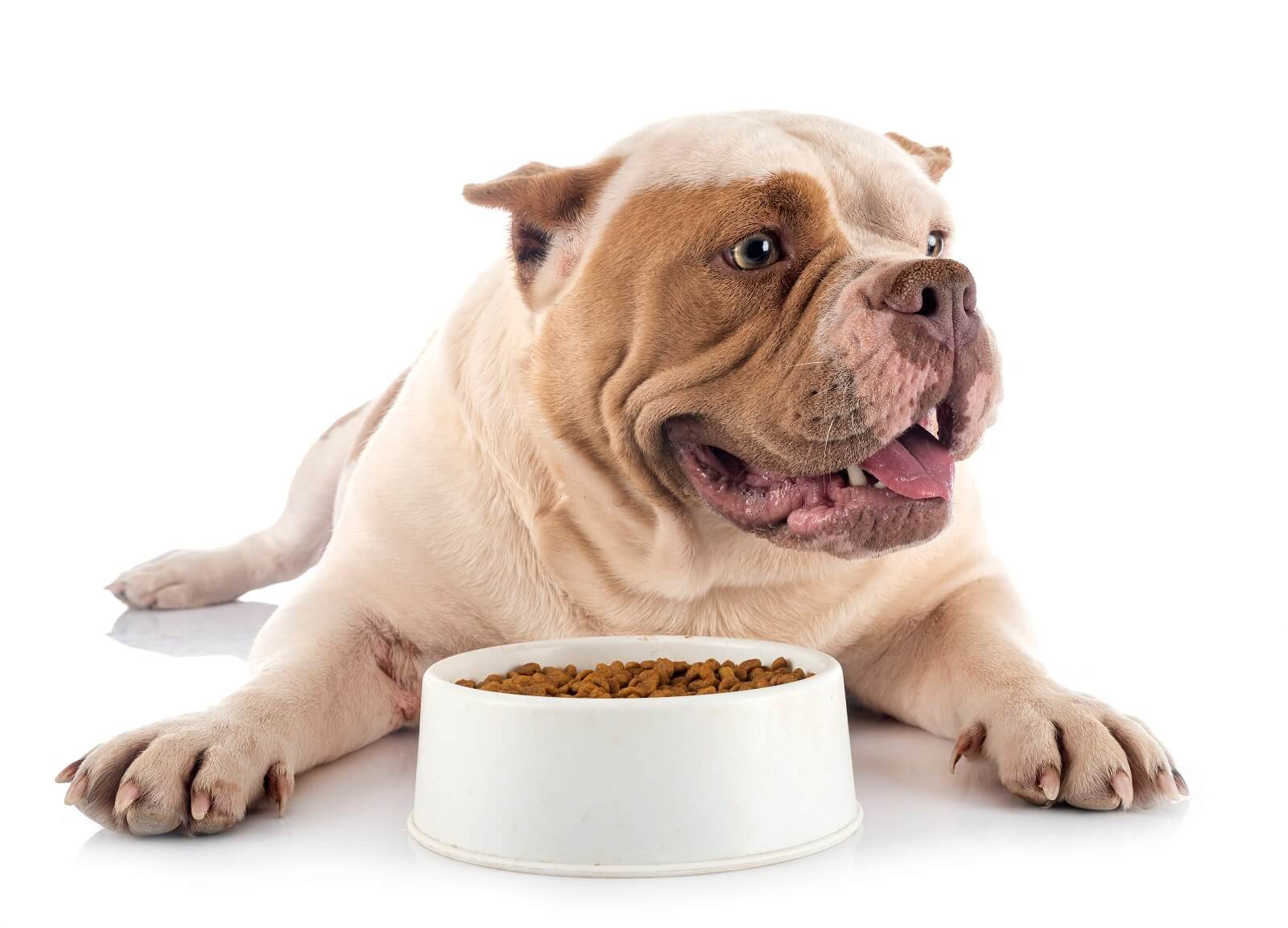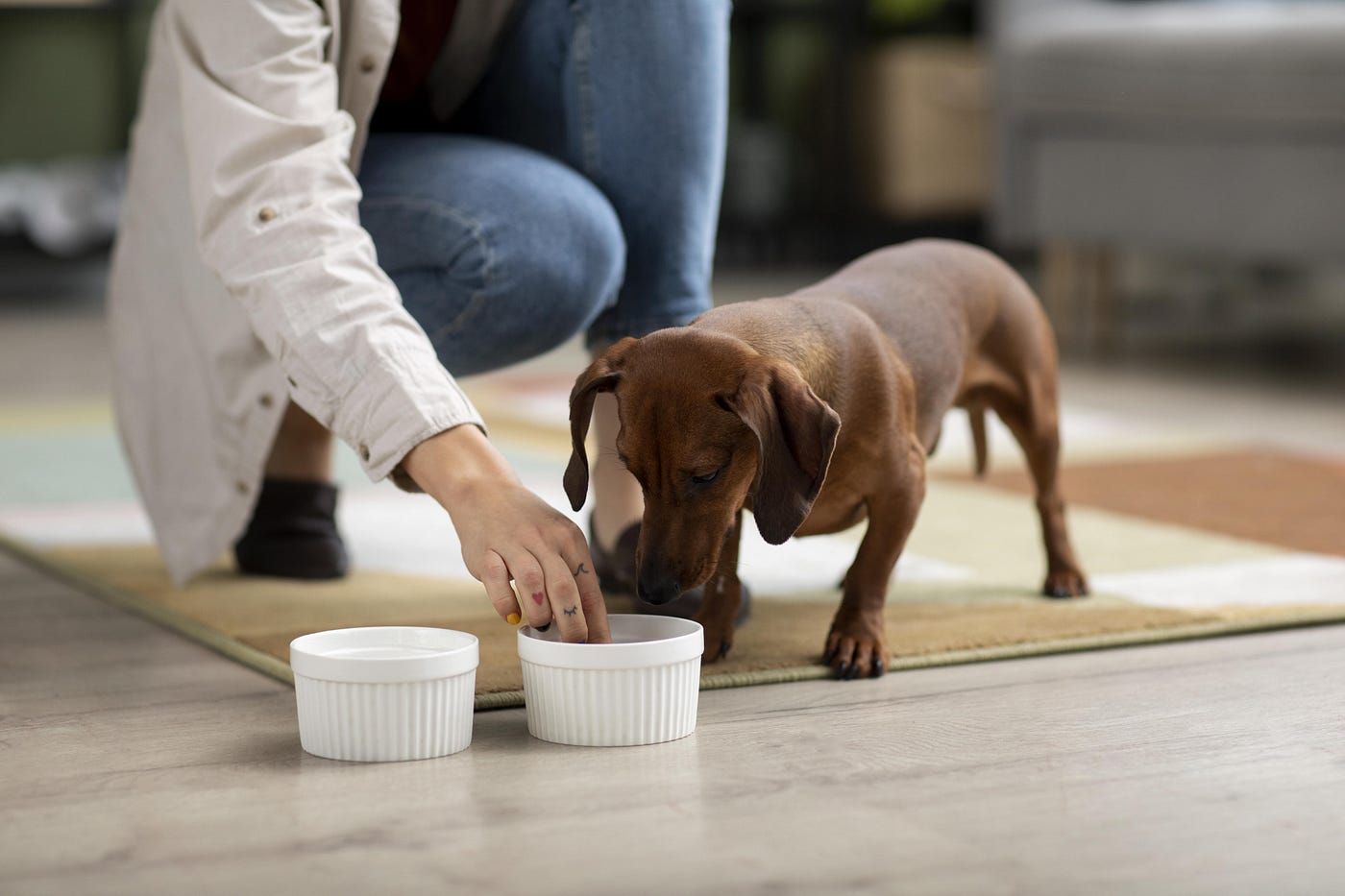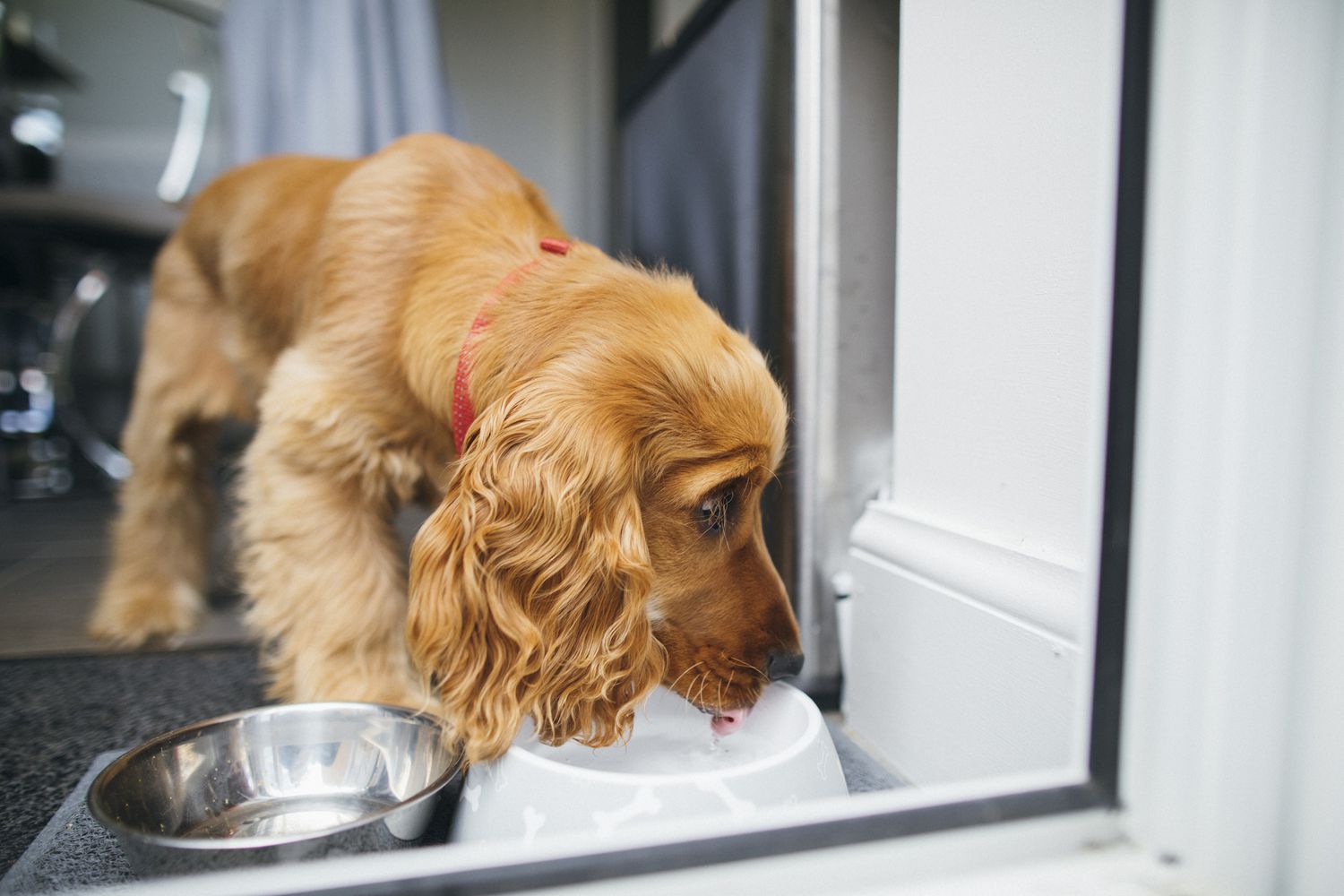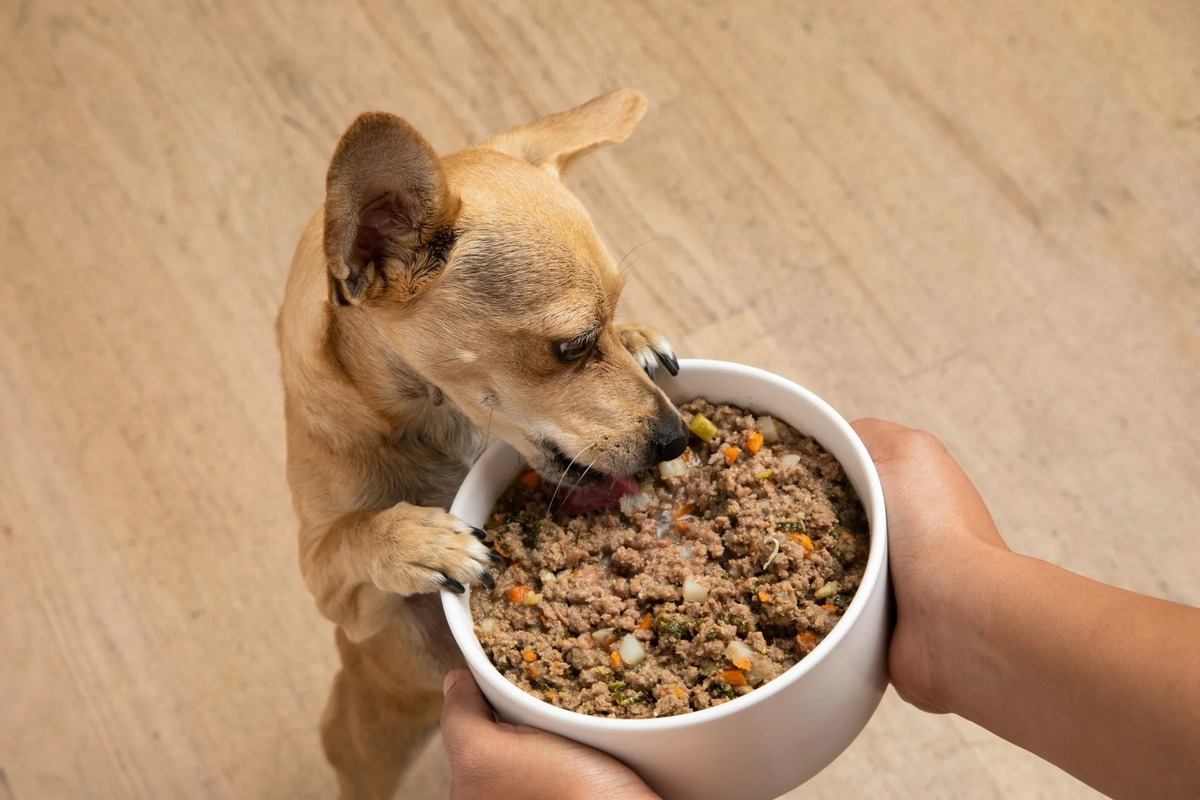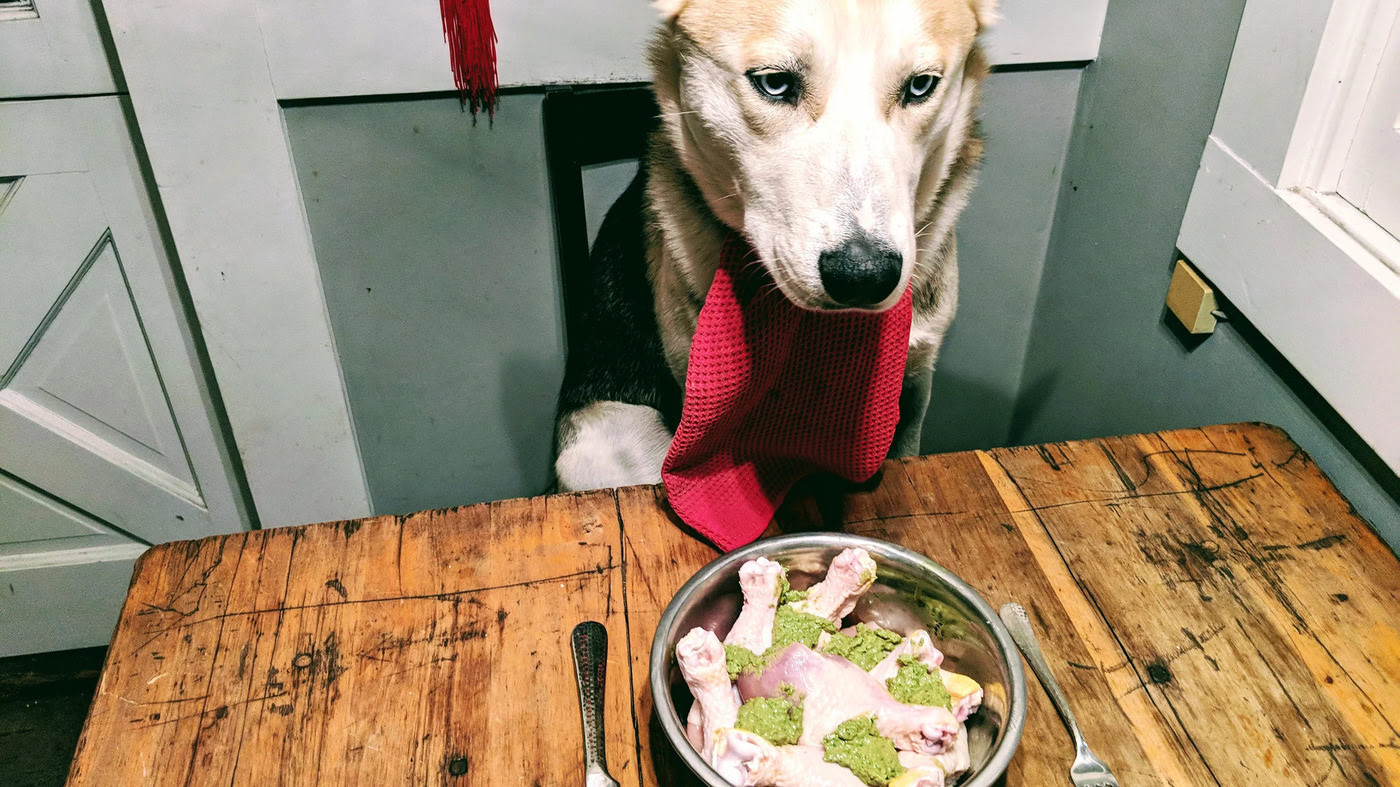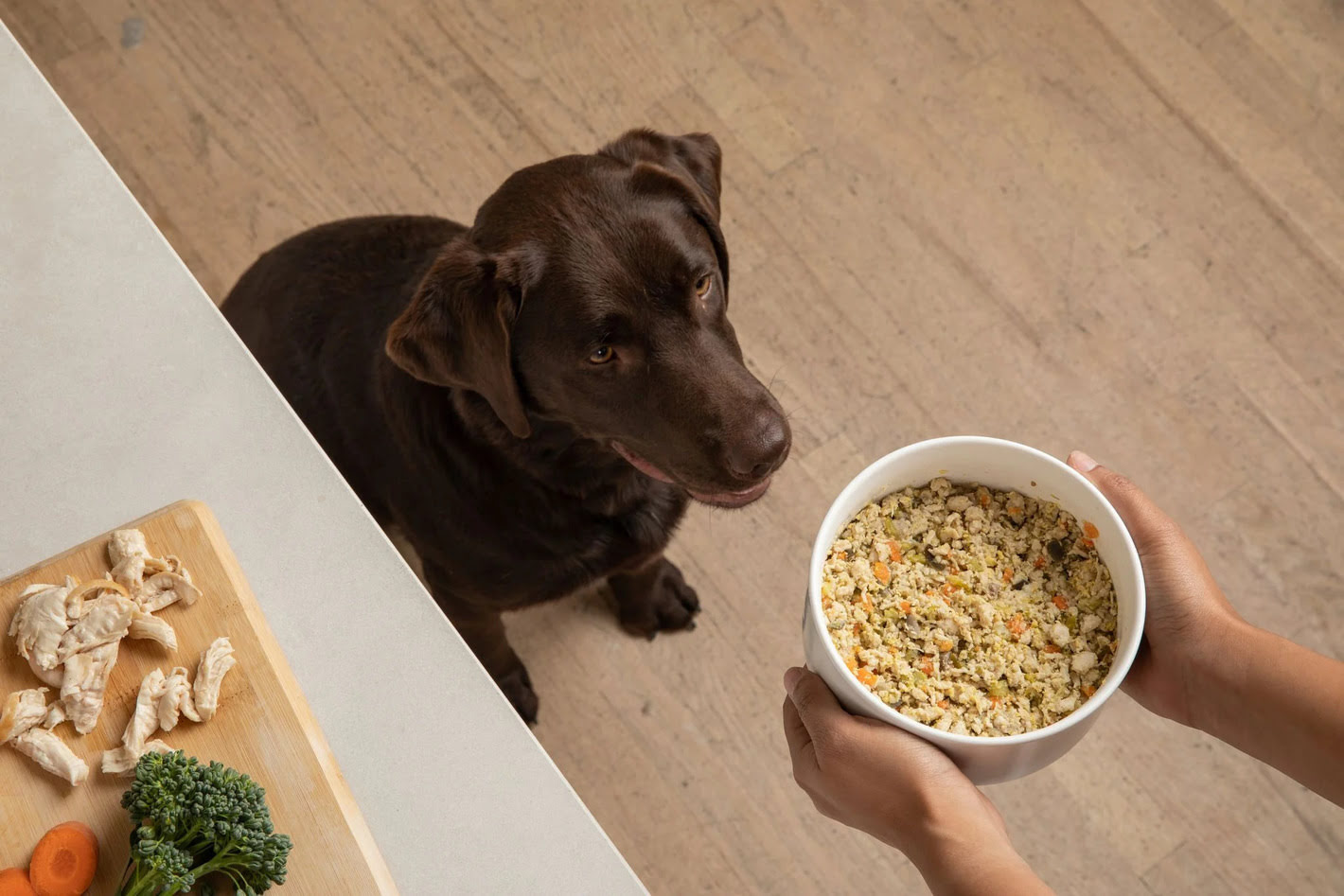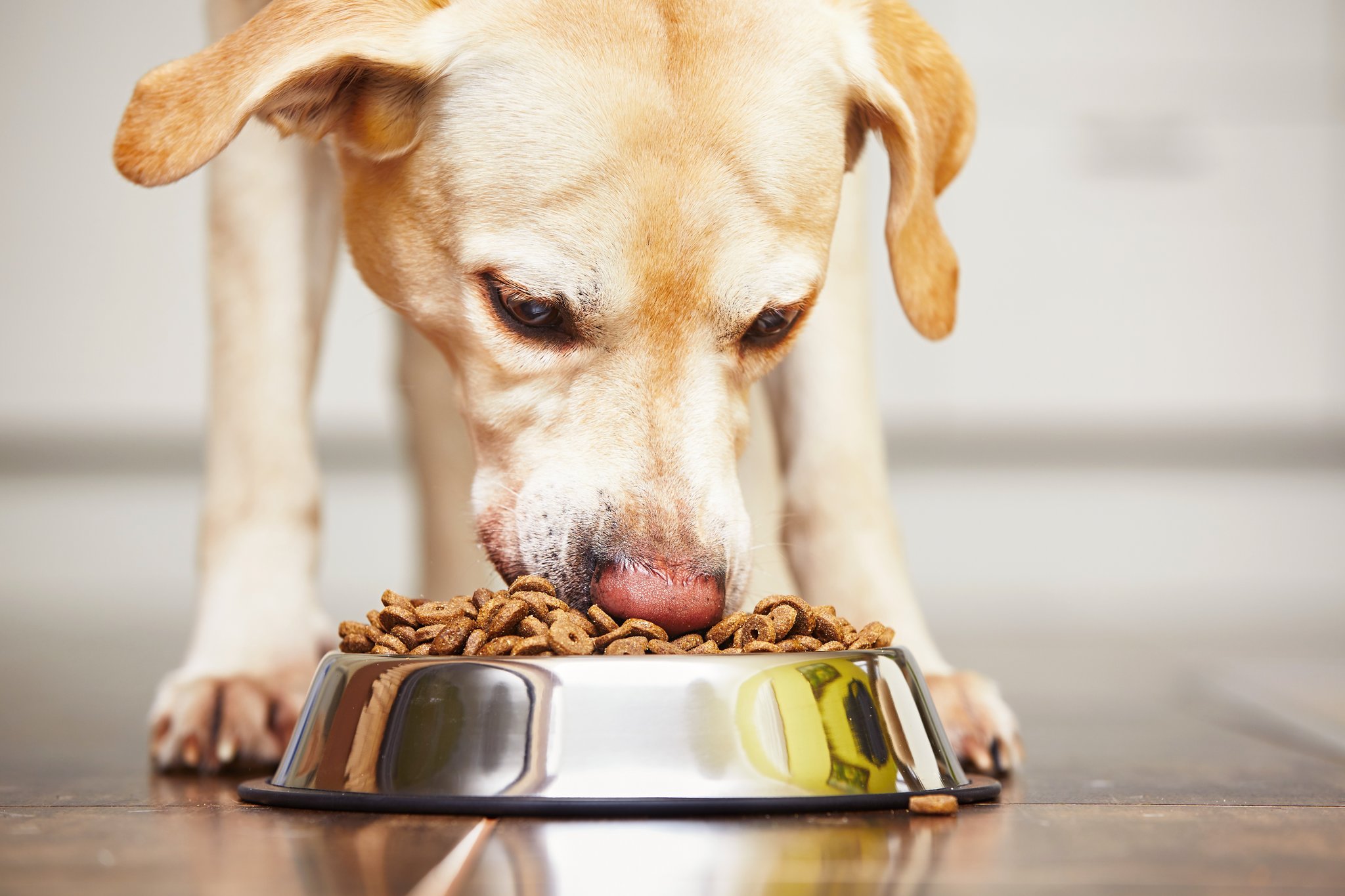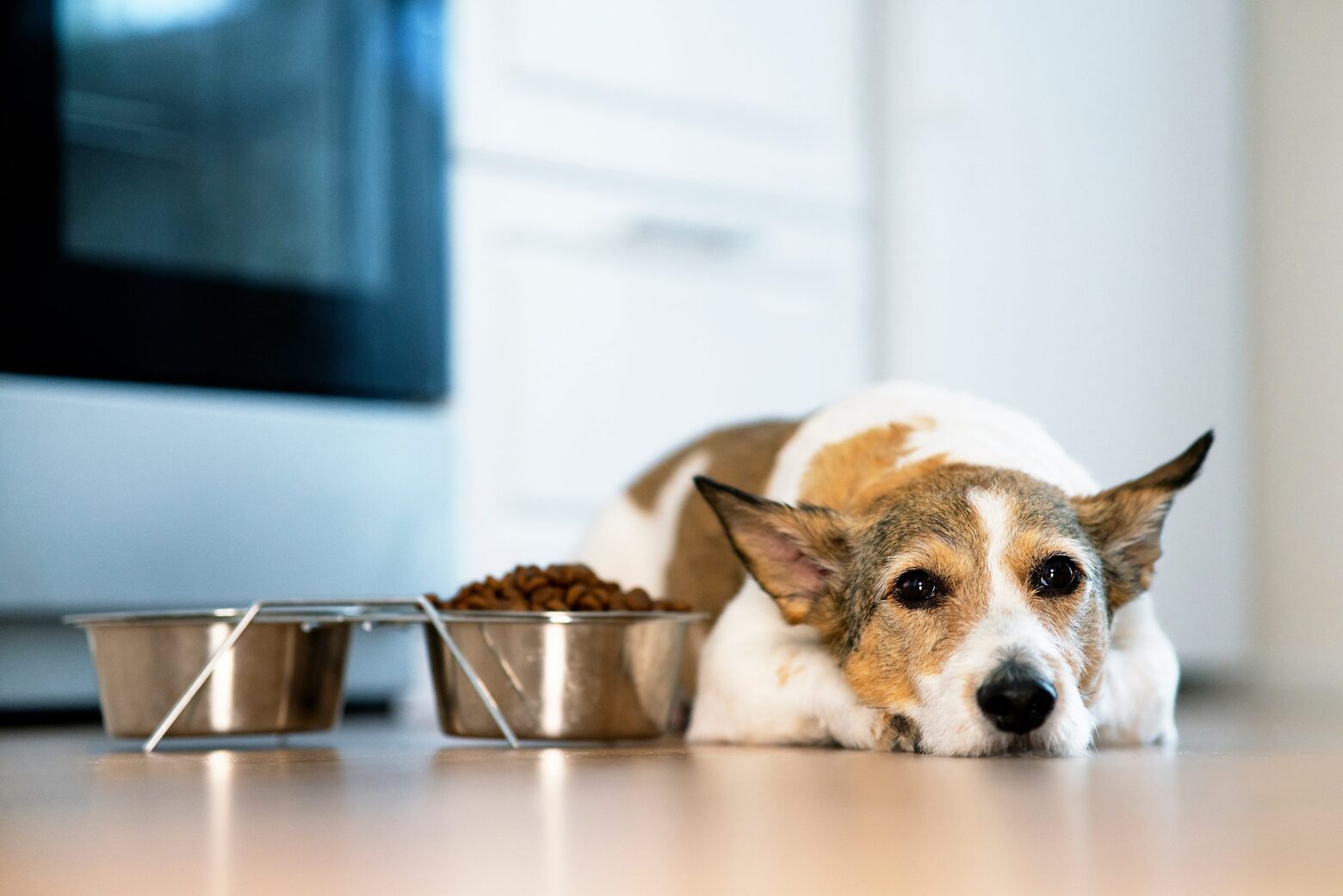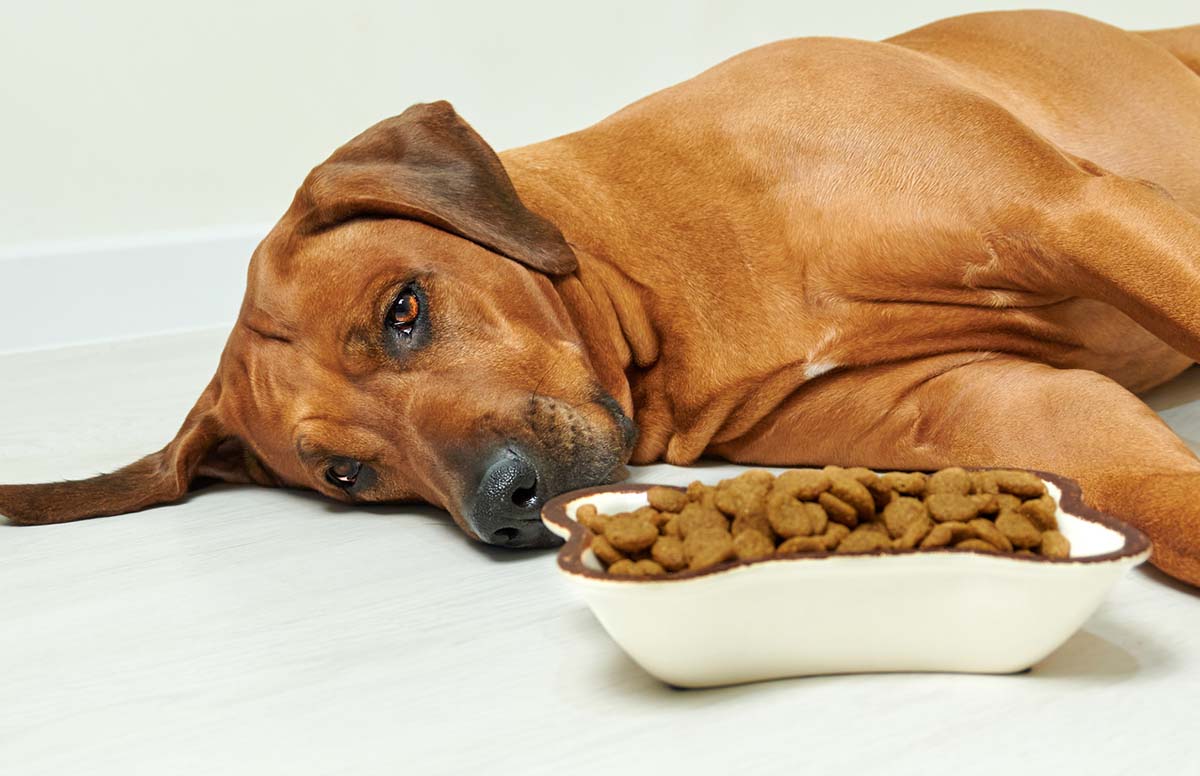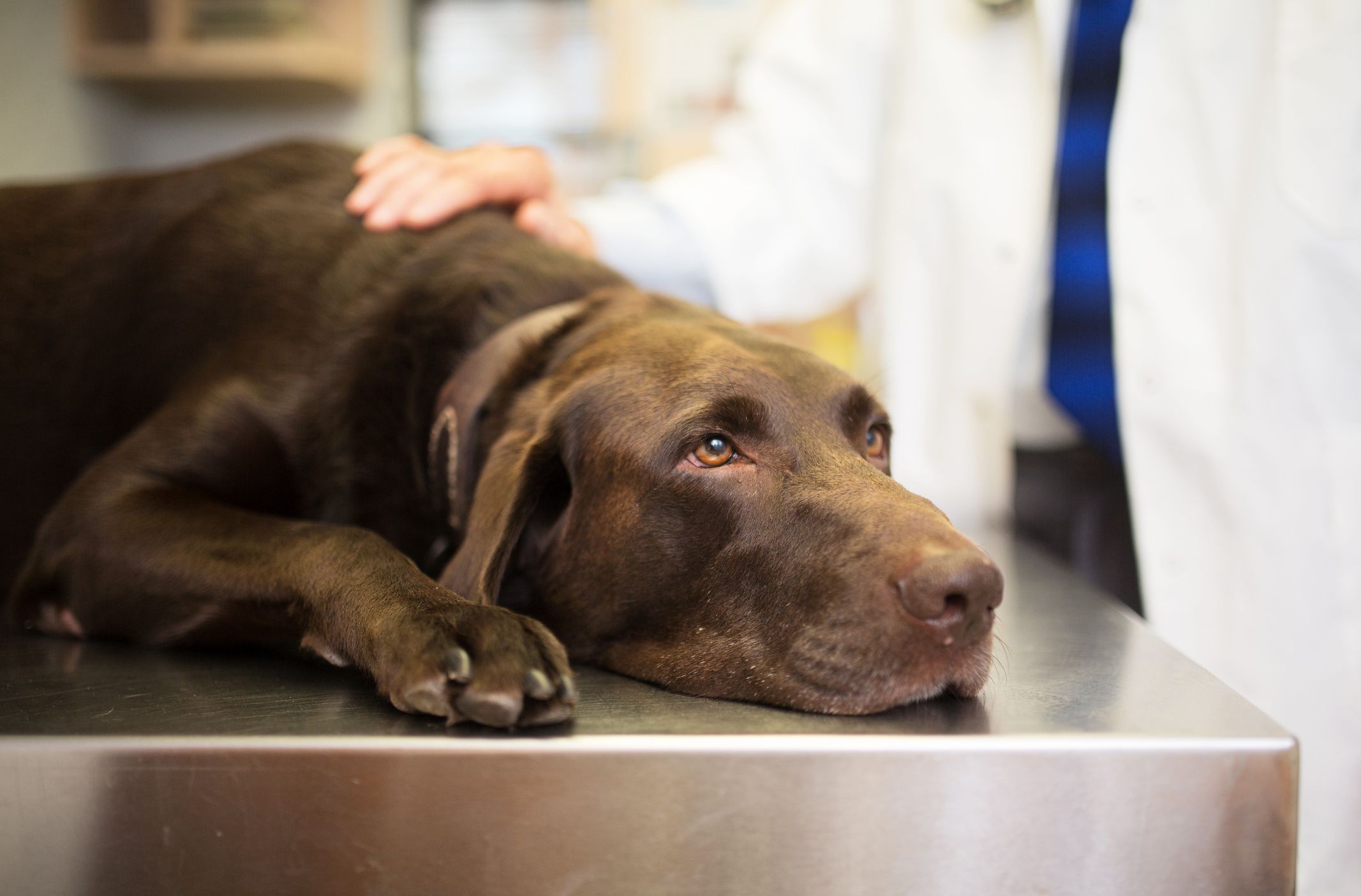Home>Health & Wellness>Nutrition & Diet>What To Add To A Dog’s Diet For Anal Glands
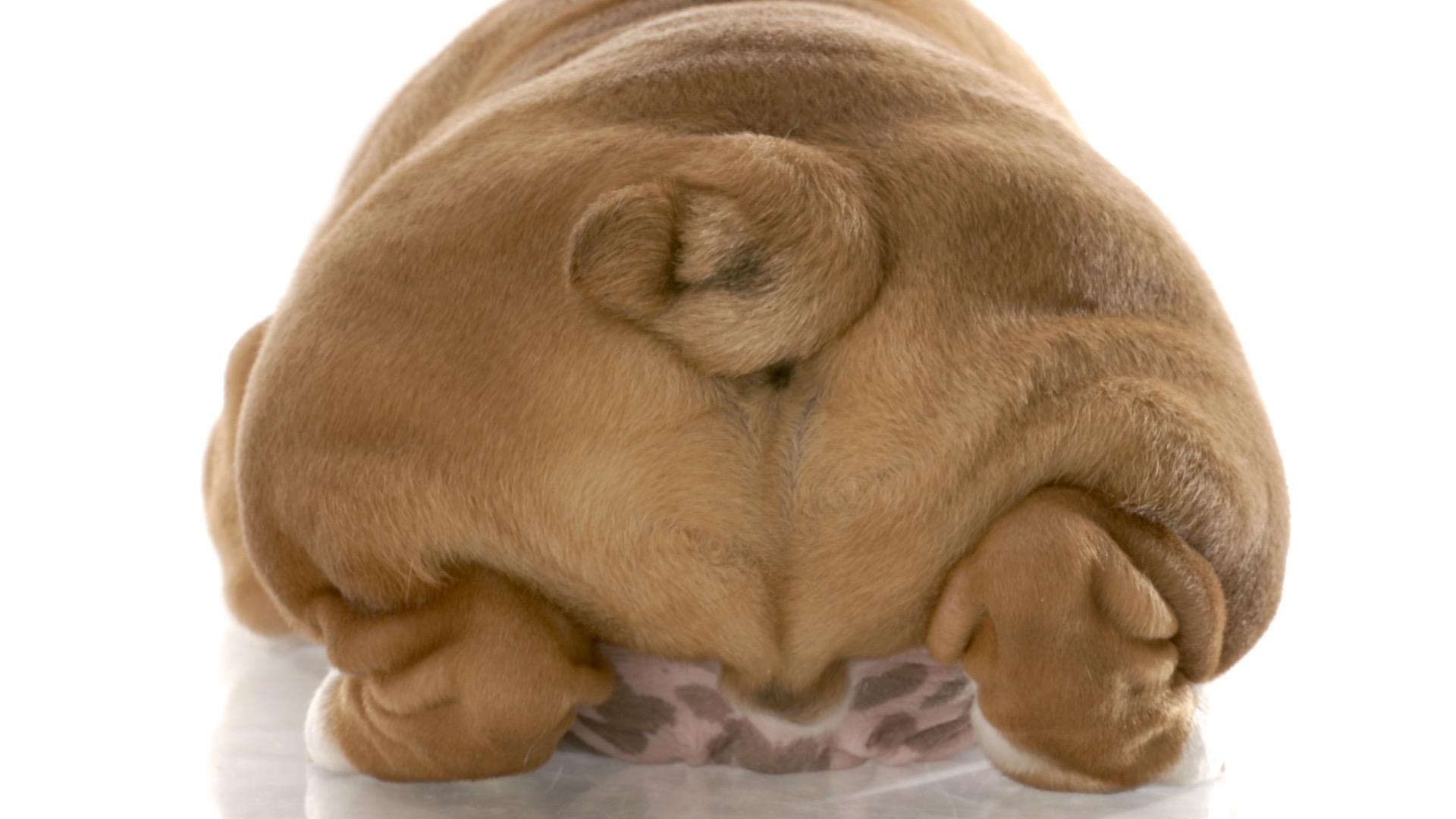

Nutrition & Diet
What To Add To A Dog’s Diet For Anal Glands
Published: January 27, 2024
Discover the best nutrition and diet tips to add to your dog's diet for anal gland health. Learn how to support your pet's well-being with proper nutrition.
(Many of the links in this article redirect to a specific reviewed product. Your purchase of these products through affiliate links helps to generate commission for Pawsomeoldies.com, at no extra cost. Learn more)
Table of Contents
Introduction
Maintaining a balanced and nutritious diet is crucial for the overall well-being of our furry companions. However, there are specific dietary considerations that can play a vital role in addressing and preventing anal gland issues in dogs. By understanding the significance of dietary adjustments and incorporating essential nutrients, pet owners can effectively support their canine friends' anal gland health.
Dietary modifications can significantly impact a dog's anal gland function, potentially alleviating discomfort and preventing complications. In this comprehensive guide, we will explore the essential dietary elements that can contribute to optimal anal gland health in dogs. From understanding the role of fiber to the benefits of omega-3 fatty acids and probiotics, we will delve into actionable insights to help pet owners make informed decisions about their dog's diet.
As responsible pet owners, it's essential to be proactive in addressing potential health concerns, including anal gland issues. By gaining insights into the dietary aspects that can positively influence anal gland health, you can take proactive steps to enhance your dog's overall well-being. Let's embark on this enlightening journey to discover the dietary additions that can make a meaningful difference in supporting your dog's anal gland health.
Read more: What Foods Add Vitamin B To A Dog’s Diet
Understanding Anal Glands in Dogs
Anal glands, also known as anal sacs, are small, sac-shaped structures located on either side of a dog's anus. These glands play a crucial role in maintaining the well-being of our canine companions. The primary function of anal glands is to secrete a pungent-smelling substance that serves as a form of communication and territorial marking for dogs. This secretion contains a unique scent that conveys important information to other dogs, such as their gender, age, and health status.
In addition to their communicative function, anal glands also play a role in lubricating the passage of feces during bowel movements. When a dog defecates, the pressure exerted on the anal glands causes a small amount of the secretion to be released, aiding in the smooth elimination of waste.
Despite their essential functions, anal gland issues can arise, leading to discomfort and potential health complications for dogs. When the anal glands do not empty properly, they can become impacted or infected, resulting in discomfort, pain, and even the development of abscesses. This can lead to symptoms such as scooting, excessive licking or biting of the anal area, and signs of discomfort during bowel movements.
Understanding the significance of anal glands in dogs is crucial for pet owners to recognize the importance of maintaining their canine companion's anal gland health. By gaining insights into the role of these glands and the potential issues that can arise, pet owners can take proactive measures to support their dog's well-being through appropriate dietary adjustments and veterinary care.
In the following sections, we will explore the signs of anal gland problems and delve into the dietary additions that can contribute to optimal anal gland health in dogs. By gaining a comprehensive understanding of these aspects, pet owners can empower themselves to make informed decisions and provide the best possible care for their beloved furry friends.
Signs of Anal Gland Problems
Recognizing the signs of anal gland problems is crucial for pet owners to promptly address potential issues and seek appropriate veterinary care for their canine companions. Dogs may exhibit various symptoms indicating anal gland complications, signaling the need for intervention to alleviate discomfort and prevent further complications.
One common sign of anal gland problems is scooting, where a dog drags its bottom along the ground or floor. This behavior is often indicative of discomfort or irritation in the anal area, prompting the dog to seek relief by dragging its hindquarters. Additionally, dogs may display signs of excessive licking or biting around the anal region, signaling potential discomfort associated with the anal glands.
Foul odor emanating from the anal area can also indicate anal gland issues. The secretion produced by the anal glands possesses a distinct and pungent odor, and when the glands are impacted or infected, this odor may become more pronounced. Pet owners should be attentive to any unusual or intensified odors emanating from their dog's anal area, as it could signify underlying anal gland problems.
Furthermore, dogs experiencing anal gland issues may exhibit signs of discomfort or pain during bowel movements. This can manifest as straining during defecation or displaying signs of distress while attempting to pass stool. Observing changes in your dog's behavior during bowel movements can provide valuable insights into potential anal gland complications.
In some cases, dogs may develop visible swelling or redness around the anal area, indicating inflammation or infection of the anal glands. Swollen or tender anal glands can cause discomfort for dogs, prompting them to exhibit signs of distress or sensitivity when the affected area is touched or examined.
It is important to note that these signs may vary in intensity and frequency depending on the severity of the anal gland issues. Additionally, some dogs may display subtle behavioral changes, such as restlessness or decreased appetite, which can also indicate underlying discomfort related to anal gland problems.
By remaining vigilant and attentive to these signs, pet owners can promptly seek veterinary evaluation and intervention to address anal gland issues. Early recognition of these signs enables timely intervention, ensuring the well-being and comfort of our canine companions.
In the subsequent sections, we will explore the dietary additions that can contribute to optimal anal gland health in dogs, providing valuable insights for pet owners seeking to support their dog's overall well-being.
Adding Fiber to Your Dog's Diet
Incorporating adequate fiber into your dog's diet can play a pivotal role in promoting optimal anal gland health. Fiber serves as a valuable dietary component that aids in maintaining regular bowel movements and supporting the natural expression of the anal glands. By understanding the significance of fiber and its impact on digestive health, pet owners can make informed decisions about their dog's diet to effectively address and prevent anal gland issues.
Dietary sources of fiber for dogs include vegetables, fruits, and whole grains. These fiber-rich ingredients can be integrated into your dog's meals to enhance their overall dietary fiber intake. Additionally, specialized commercial dog foods formulated with high fiber content can provide a convenient and balanced source of dietary fiber for dogs.
The presence of adequate fiber in a dog's diet contributes to the formation of well-formed stools, which exert appropriate pressure on the anal glands during bowel movements. This natural pressure facilitates the expression of the anal glands, aiding in the regular release of their secretions and preventing potential impaction or discomfort.
When introducing fiber-rich foods into your dog's diet, it is essential to do so gradually to allow for the adjustment of their digestive system. Sudden dietary changes can lead to gastrointestinal upset, emphasizing the importance of a gradual transition to a fiber-rich diet. Additionally, ensuring that your dog has access to an adequate supply of fresh water is crucial when increasing their fiber intake, as water plays a vital role in supporting healthy digestion and the passage of fiber through the digestive tract.
By incorporating appropriate levels of fiber into your dog's diet, pet owners can contribute to the maintenance of regular bowel movements and the natural expression of the anal glands. This dietary adjustment can serve as a proactive measure to support anal gland health, potentially reducing the risk of anal gland complications and promoting overall well-being for our beloved canine companions.
In the subsequent sections, we will delve into the benefits of incorporating omega-3 fatty acids and probiotics into your dog's diet, providing valuable insights for pet owners seeking to optimize their dog's anal gland health through dietary adjustments.
Incorporating Omega-3 Fatty Acids
Incorporating omega-3 fatty acids into your dog's diet can yield significant benefits for their overall health, including the promotion of optimal anal gland function. Omega-3 fatty acids, such as eicosapentaenoic acid (EPA) and docosahexaenoic acid (DHA), are renowned for their anti-inflammatory properties and their role in supporting various physiological functions in dogs.
One of the key advantages of omega-3 fatty acids is their ability to mitigate inflammation, which can be particularly beneficial in addressing anal gland issues. Inflammation of the anal glands can contribute to discomfort and impede the natural expression of their secretions. By incorporating omega-3 fatty acids into your dog's diet, you can potentially alleviate inflammation and support the overall health of the anal glands.
Dietary sources of omega-3 fatty acids for dogs include fish oil, flaxseed oil, and certain types of fish, such as salmon and sardines. These sources provide a rich and bioavailable supply of omega-3 fatty acids, enabling pet owners to integrate these beneficial nutrients into their dog's meals effectively.
When selecting omega-3 supplements or incorporating omega-3-rich foods into your dog's diet, it is essential to consider the appropriate dosage and ensure that the products are specifically formulated for canine consumption. Additionally, consulting with a veterinarian can provide valuable guidance on the optimal dosage and suitable sources of omega-3 fatty acids for your dog, taking into account their individual health needs and dietary requirements.
The anti-inflammatory properties of omega-3 fatty acids can contribute to the overall well-being of dogs, potentially addressing underlying inflammation that may affect the anal glands. By supporting the health of the anal glands through the incorporation of omega-3 fatty acids, pet owners can take proactive measures to promote the comfort and vitality of their beloved canine companions.
In summary, integrating omega-3 fatty acids into your dog's diet can serve as a valuable dietary addition to support optimal anal gland health. By leveraging the anti-inflammatory properties of omega-3 fatty acids, pet owners can contribute to the overall well-being of their dogs, potentially mitigating inflammation and promoting the healthy function of the anal glands. This dietary adjustment underscores the proactive approach that pet owners can take to address and prevent anal gland issues, ultimately enhancing the quality of life for their furry friends.
Probiotics for Anal Gland Health
Incorporating probiotics into your dog's diet can significantly contribute to the promotion of anal gland health and overall well-being. Probiotics are beneficial microorganisms that support the balance of gut flora and digestive function in dogs, playing a pivotal role in maintaining gastrointestinal health. The impact of probiotics extends beyond digestive wellness, as these beneficial bacteria can exert positive effects on the function of the anal glands, potentially addressing and preventing anal gland issues in dogs.
The intricate connection between gut health and anal gland function underscores the significance of probiotics in supporting anal gland health. By fostering a healthy balance of gut flora, probiotics can contribute to the maintenance of regular and well-formed stools, which play a crucial role in naturally expressing the anal glands during bowel movements. This natural expression aids in preventing the accumulation of secretions and potential impaction, promoting the comfort and health of the anal glands.
When selecting probiotics for your dog, it is essential to choose high-quality products specifically formulated for canine consumption. These probiotics should contain beneficial strains of bacteria, such as Lactobacillus and Bifidobacterium, known for their positive impact on digestive and immune function. Additionally, consulting with a veterinarian can provide valuable guidance on selecting the most suitable probiotic supplements tailored to your dog's individual health needs and dietary requirements.
Integrating probiotics into your dog's diet can be achieved through specialized probiotic supplements or incorporating probiotic-rich foods, such as yogurt or kefir, into their meals. These probiotic sources can serve as valuable additions to your dog's diet, supporting their gastrointestinal health and, by extension, contributing to the optimal function of the anal glands.
By leveraging the benefits of probiotics, pet owners can take proactive measures to support their dog's anal gland health, addressing potential issues and promoting overall well-being. The incorporation of probiotics into your dog's diet aligns with a holistic approach to canine care, emphasizing the interconnectedness of digestive wellness and anal gland function. Through this dietary adjustment, pet owners can play a proactive role in enhancing the comfort and vitality of their beloved canine companions, fostering a foundation of optimal health and well-being.
In summary, the inclusion of probiotics in your dog's diet can yield far-reaching benefits, encompassing digestive health, anal gland function, and overall vitality. By recognizing the pivotal role of probiotics in supporting anal gland health, pet owners can make informed decisions about their dog's diet, embracing a proactive approach to address and prevent potential anal gland issues. This dietary addition underscores the commitment to providing comprehensive care for our furry friends, ensuring their comfort and well-being through the nurturing support of probiotics.
Conclusion
In conclusion, the well-being of our canine companions is intricately linked to the maintenance of optimal anal gland health. By understanding the significance of dietary adjustments in supporting anal gland function, pet owners can proactively address and prevent potential issues, fostering the comfort and vitality of their beloved dogs.
The incorporation of fiber into a dog's diet serves as a fundamental dietary addition to promote regular bowel movements and facilitate the natural expression of the anal glands. By leveraging the benefits of fiber-rich foods and specialized commercial diets, pet owners can contribute to the overall digestive wellness of their dogs, potentially reducing the risk of anal gland complications.
Furthermore, the integration of omega-3 fatty acids into a dog's diet offers valuable anti-inflammatory properties that can positively impact anal gland health. By addressing underlying inflammation, omega-3 fatty acids support the comfort and function of the anal glands, aligning with a proactive approach to canine care.
Additionally, the inclusion of probiotics in a dog's diet underscores the interconnectedness of gut health and anal gland function. Probiotics play a pivotal role in maintaining a healthy balance of gut flora, supporting regular and well-formed stools, and ultimately contributing to the natural expression of the anal glands.
By embracing these dietary adjustments and recognizing their profound impact on anal gland health, pet owners can empower themselves to provide comprehensive care for their dogs. The proactive approach to dietary modifications aligns with the commitment to promoting the comfort, vitality, and overall well-being of our furry companions.
In essence, the journey to optimal anal gland health encompasses a holistic approach, integrating dietary considerations with attentive and proactive care. By gaining insights into the role of fiber, omega-3 fatty acids, and probiotics, pet owners can embark on a path of informed decision-making, nurturing the health and happiness of their canine friends. Through these dietary additions, pet owners can take meaningful steps to support anal gland health, fostering a foundation of comfort and well-being for their beloved dogs.
